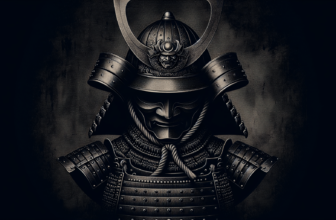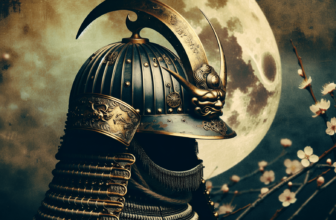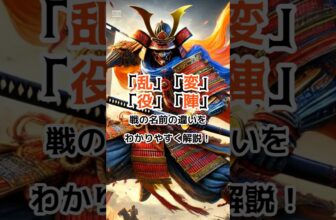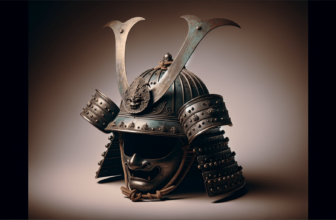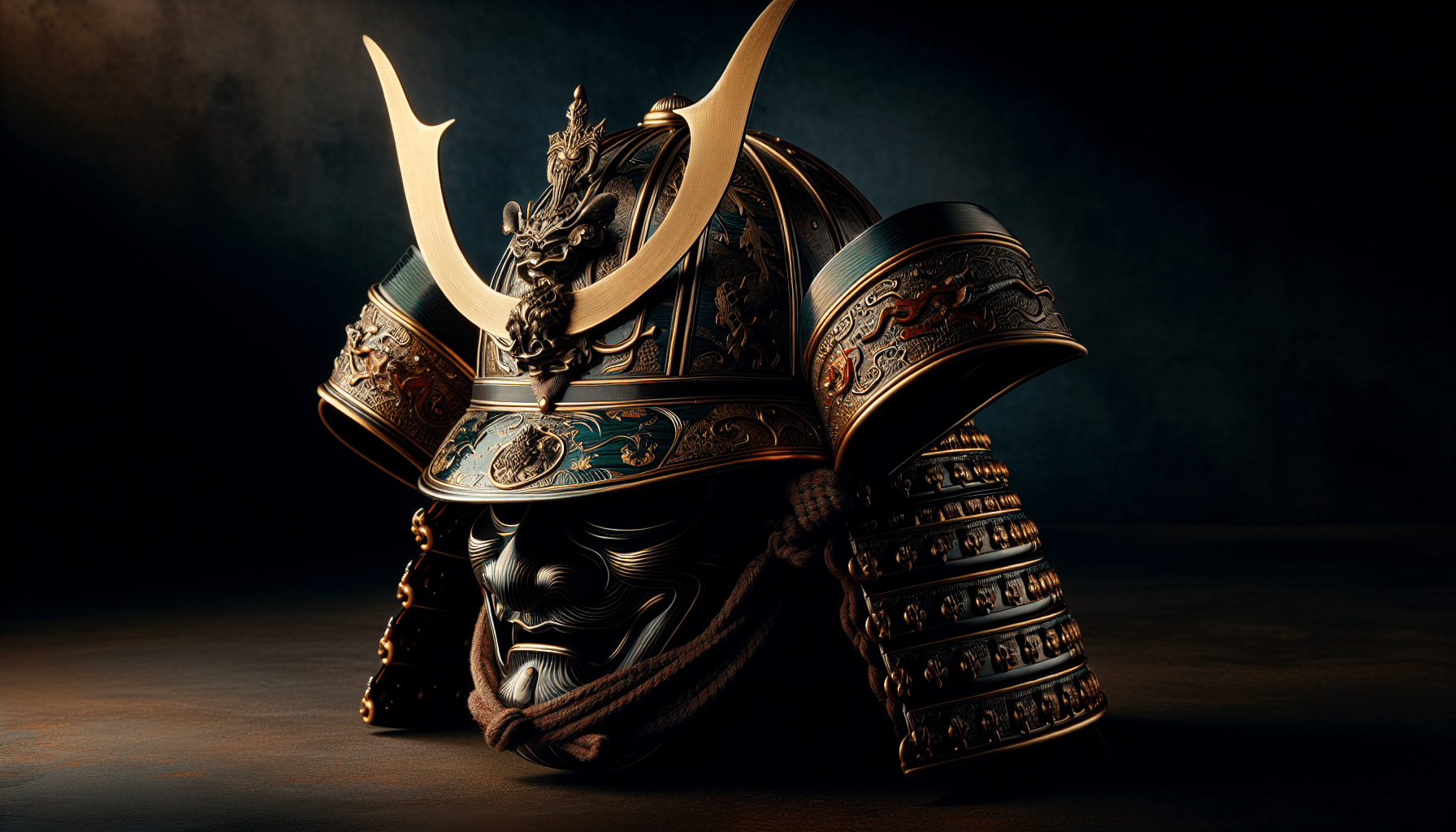
Have you ever wondered what it takes to create the intricate and symbolic helmets worn by samurai warriors in ancient Japan? These remarkable pieces not only provided protection but also served as key indicators of status and artistry during their time. Let’s embark on a journey to unravel the craftsmanship behind these unique creations.
The Significance of Samurai Helmets
Samurai helmets, or kabuto, were more than just protective gear; they represented the honor, lineage, and identity of the warrior. Each helmet was often adorned with specific motifs and designs that told stories of the wearer’s family, achievements, and even personal beliefs. Understanding the significance of these helmets lays the foundation for appreciating their intricate craftsmanship.
The Historical Context
The period when samurai helmets flourished was marked by constant warfare and the rise of powerful clans. From the Heian period (794-1185) through the Edo period (1603-1868), the role of the samurai evolved significantly, becoming more than mere warriors but also administrators and culture bearers. As their status grew, so did the craftsmanship of their helmets, reflecting the changing dynamics in Japanese society.
Materials Used in Crafting Samurai Helmets
The materials utilized in making kabuto were as varied as the designs themselves. Each material served both functional and aesthetic purposes, contributing to the overall effectiveness and beauty of the helmet.
Ferrous Materials
Iron was the primary material for crafting the helmets, providing durability and protection in battle. The iron was often layered and shaped into plates or scales, combining strength with mobility.
Leather and Textiles
Leather was used to provide a lining for comfort, while various textiles enhanced the helmet’s visual appeal. Silk cords and other ornamental fabrics would be woven in, often dyed in vibrant colors to create a majestic appearance.
Decorative Elements
The helmets featured intricate embellishments made from materials such as gold, silver, and brass. These decorative elements included crests, horns, and other symbols of power and prowess, each carefully crafted to reflect the ideals and status of the samurai.
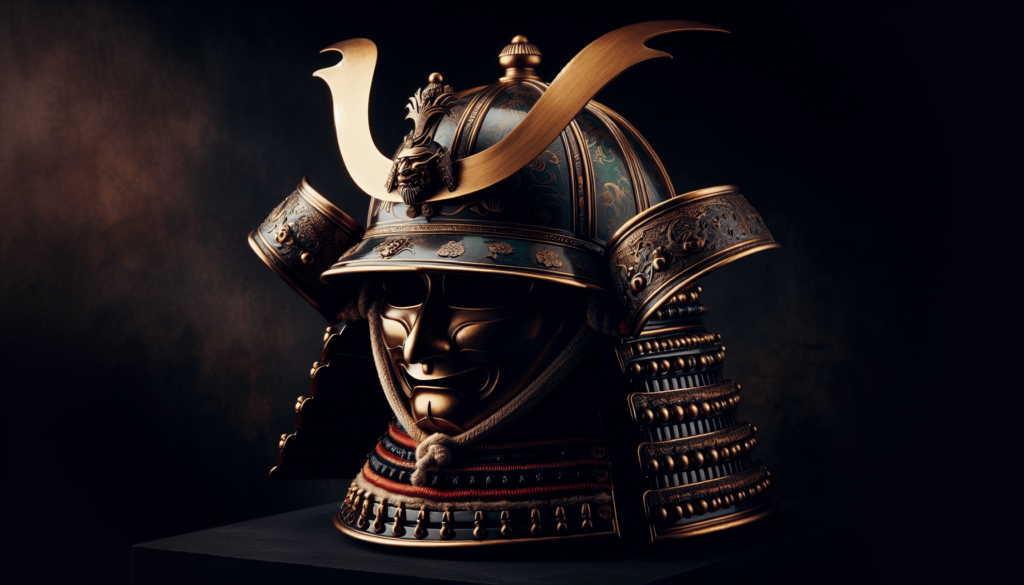
The Process of Crafting Samurai Helmets
Creating a samurai helmet was a meticulous and time-consuming process involving multiple skilled artisans. Each stage of the crafting process was crucial, resulting in a masterpiece that balanced functionality and artistry.
1. Design and Planning
Before any physical work began, the design process took place. Artisans would conceptualize the helmet’s shape and detailed features, often drawing inspiration from nature, mythology, and personal history. This stage set the tone for the entire crafting journey.
2. Metal Shaping
Once the design was finalized, skilled metalworkers would begin shaping the iron. They would heat the metal to a malleable state and hammer it into the desired form. This required immense skill and an understanding of how the metal would behave as it was manipulated.
3. Assembly and Fitting
After shaping the metal parts, the pieces were carefully assembled. Artisans would ensure that each fitting was precise, allowing for comfort and protection when worn. Adjustments were made based on the specific measurements and preferences of the samurai.
4. Decoration
With the helmet structured, artisans would then turn to decoration. This involved adding crests, painting, and embellishing with precious metals. Each addition was meticulously performed, often requiring specialized skills.
5. Final Touches
Finally, all elements were fixed in place, and the helmet would undergo a series of tests for durability and comfort. Any necessary adjustments were made, ensuring that it met the samurai’s expectations.
Types of Samurai Helmets
There was a wide variety of kabuto styles, each reflecting specific preferences and historical influences. Familiarizing yourself with these types helps to enhance your understanding of the nuances in their craftsmanship.
1. Koshirae
Koshirae refers to decorative samurai armor sets, including kabuto as part of the ensemble. The helmets in this category were highly ornate and often customized to reflect the owner’s status.
2. Nuri Kabuto
Nuri kabuto were recognizable for their lacquered finishes, providing an aesthetic appeal while also offering some degree of weather resistance. This style indicated the advanced skills of the craftsmen involved in their creation.
3. Suji Kabuto
Characterized by its segmented design, suji kabuto had an angular and formidable appearance. This style allowed for increased flexibility and ease of movement during battles, showcasing the blend of functionality and artistry.
4. Hanbo Kabuto
The hanbo kabuto was generally smaller and lighter compared to its counterparts. These helmets were often used for specific kinds of ceremonies or events rather than active warfare.
5. Tachi Kabuto
Typically more elaborate, tachi kabuto featured elevated crests and complex designs. They were often reserved for high-ranking samurai and became a representation of both fearsome aesthetics and noble lineage.
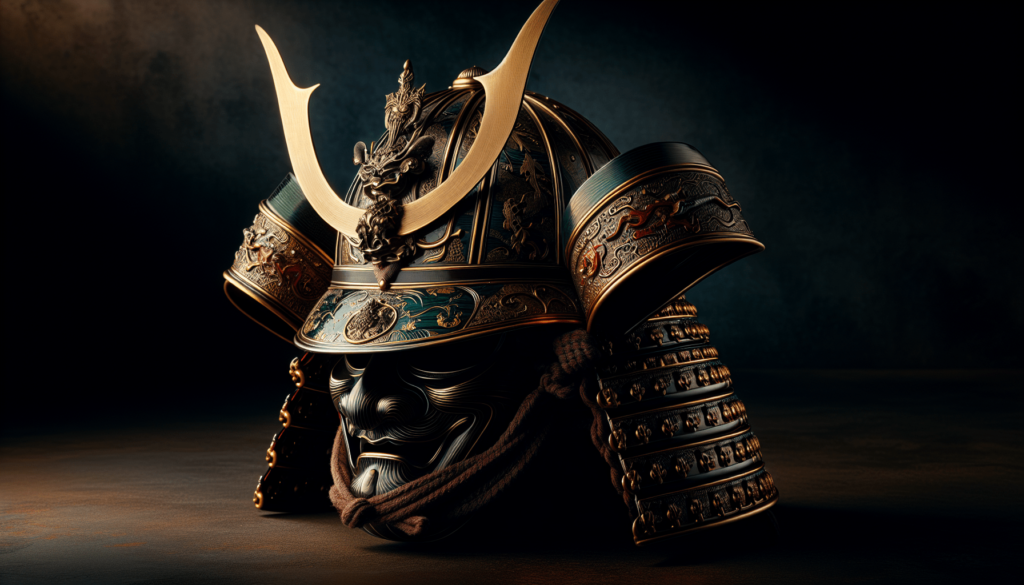
Symbolism in Samurai Helmets
The design elements of kabuto were rich in symbolism, each detail carefully chosen to convey meaning and cultural significance. Understanding the symbolism can deepen your appreciation for the craftsmanship involved.
Crest and Emblems
The crests on the helmets, known as “maedate,” served as personal insignias. These emblems often referenced family clans, mythical creatures, or significant life events. For instance, a crane symbol could denote longevity, while a dragon might represent strength.
Horns and Antlers
Many helmets featured horns or antler-like protrusions, serving both aesthetic and symbolic purposes. These elements were believed to intimidate enemies, symbolizing the fierce nature of the samurai wearers.
Color Significance
The choice of colors in helmet design also held meaning. Bold colors such as red or gold indicated high status and bravery, while darker hues could connote a more stealthy or strategic approach to warfare.
Maintenance and Preservation of Samurai Helmets
Craftsmanship didn’t stop once the helmet was completed; ongoing maintenance was essential to ensure longevity. Here’s a look into the practices that would have been common in caring for these valuable pieces.
Cleaning
Regular cleaning kept the helmets free from rust and debris. This process often involved using oil and cloth to maintain a sheen and protect the material from environmental damage.
Repairs
Given their usage in battle, helmets would frequently sustain damage. Skilled artisans often needed to perform repairs, reworking metal components or replacing decorative elements as required.
Display and Storage
When not in use, samurai helmets were typically displayed with pride. Proper storage in wooden boxes, often lined with silk or other protective materials, helped to safeguard them from moisture and pests.
Conclusion
The craftsmanship behind samurai helmets is a testament to the ingenuity and artistry of ancient Japan. Each helmet, with its unique design and slight variations, offers a glimpse into the past, representing a blend of functionality, philosophy, and cultural significance. By understanding the intricate process behind these stunning artifacts, you can appreciate not just the skill required to create them but their role in the storied history of the samurai warrior and Japanese culture as a whole.
As you look back on the craftsmanship of the samurai helmets, consider how these intricate pieces embody a connection to the history, culture, and artistry of their time. Each helmet is a story waiting to be told, a testament to the lives of those who wore them and the traditions they upheld.



